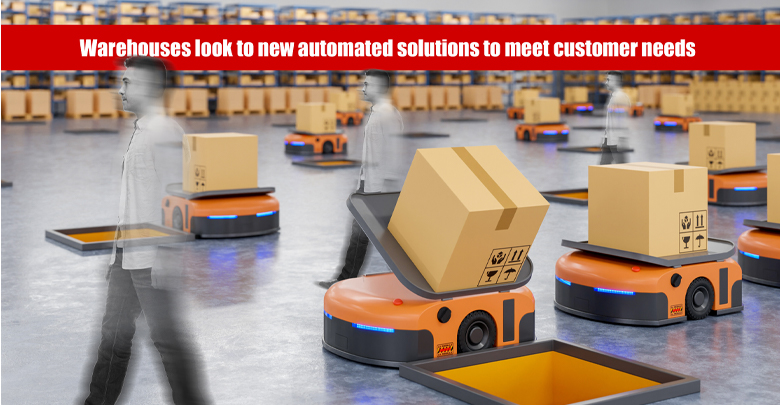Autoscheduler.AI Featured in Material Handling Network - Automated Advances: Warehouses Look to New Automated Solutions to Meet Customer Needs
Pandemic conditions have improved, but the new era of labor shortages and increased demand continues for warehouses.
Posted September 2022
In this environment, some say a steady increase of automation within warehouses is occurring. This month, Material Handling Network talks with industry leaders about how they see automated processes building new opportunities in warehouses across the industry.
A ‘time to shine’ for warehouses
At AutoScheduler, CEO Keith Moore said the company aims to be “the brain” inside distribution centers. The company launched two years ago inside Procter & Gamble, where Moore said the business founders “cut our teeth.” AutoScheduler.AI is a warehouse resource planning and optimization platform that “dynamically orchestrates all activities on top of your existing warehouse management system in real-time,” the business website said. The solution is designed to focus on and optimize all of a warehouse’s critical activities, including dock scheduling, loading, unloading, case picking, and creation of transfer orders, the site said.
“With more supply chain challenges than ever, AutoScheduler combines data from numerous systems into a single operational plan for warehouses and distribution centers. It takes disparate data, identifies bottlenecks, and prescriptively creates plans to orchestrate campus operations for optimized efficiency,” the website said. The aim of the company is to help planning to be more effective, according to Moore, who said today AutoScheduler workers with some of the largest consumer goods providers in the industry.
As a solution designed to work on top of a Warehouse Management System to orchestrate plans and processes, AutoScheduler is able to work many moves ahead of what is occurring, according to Moore. He said this is not unlike how technology is now able to orchestrate outcomes in a chess game. In chess, there are 64 squares and 16 pieces under a player’s control, and “since 1997, it has been impossible for a person to beat a computer,” said Moore, noting how many moves ahead a computer can see.


